Any marketer worth their salt knows that the key to creating persuasive messaging lies in personalization.
And you can’t do personalization without segmentation.
To a greater or lesser extent, segmentation exists across all marketing channels, from paid and organic search to email marketing and social media ads.
Used wisely, it’s extremely effective, with one study discovering that segmented email campaigns deliver:
- 14 percent higher open rates
- 11 percent more unique opens
- 101 percent more clicks
But segmentation isn’t a single “thing.” It comes in various flavors—and one of the most popular is demographic segmentation.
Read on and I’ll talk you through what demographic segmentation means, why you should use it, and what it looks like in practice (including lots of juicy real-world examples).

Table of Contents
What is Demographic Segmentation?
Demographic segmentation is a way of dividing—or, if you will, “segmenting”—your audience along demographic lines, such as:
- Age
- Education level
- Location
And various other factors, which I’ll discuss later in this article.
Segmenting your audience allows you to cater messaging to specific subsets, rather than relying on a single, generic campaign. This makes it easier to tap into unique interests and motivators that only apply to niche audience segments.
It also allows you to concentrate your marketing resources on the types of potential customers who are most likely to convert.
So if you’ve historically enjoyed most success selling to Millennials, you can spend more time targeting them—and less on reaching other age groups.
What Are the Main Benefits of Demographic Segmentation?
I’ve already discussed a couple broad benefits of demographic segmentation: more targeted messaging and better use of marketing resources.
Now, let’s look at a few more specific reasons why you should be leveraging demographic segmentation in your marketing campaigns:
- Enhanced lead generation: Nine in 10 consumers will share their email address if given the right incentive, such as a discount or free product sample. Demographic segmentation allows you to tailor offers to specific audience niches, helping you generate more leads.
- Improve conversion rates: Whether you have a product that appeals more to women than men, or a premium product aimed at high-earning (and high-spending) customers, demographic segmentation allows you to serve your audience with more relevant recommendations—thereby increasing conversion rates.
- Boost customer loyalty: According to Wunderman, 56 percent of consumers feel more loyalty to brands that demonstrate a deep understanding of their preferences and priorities. In other words, better personalization means more loyal customers.
A pipeline full of high-quality ecommerce leads; sky-high conversion rates; a large (and growing) pool of loyal brand advocates. What online retailer wouldn’t want those things?
7 of the Best Demographic Segmentation Examples (That You Should Try Today)
So we’re agreed:
Demographic segmentation can seriously level up the performance of your marketing campaigns across various channels.
But what, exactly, does demographic segmentation actually look like?
To answer that question, I’ll talk through the seven most common types of demographic segmentation, including real-world examples of demographic targeting in action:
1. Age
There are a couple key benefits to using age-based segmentation in your marketing campaigns.
Firstly, it helps you decide which platforms to leverage. For instance, 18 and 19-year-olds are comfortably TikTok’s largest audience age group, whereas Instagram is equally appealing to people in the 18 – 24 and 25 – 34 demographics.
Segmenting on age also allows you to tailor your messaging to different age groups.
This might manifest in any number of ways.
For instance, PwC’s latest Global Consumer Insights Pulse Survey reveals that younger audiences are generally more worried about the economic climate and cost-of-living crisis than their older peers.
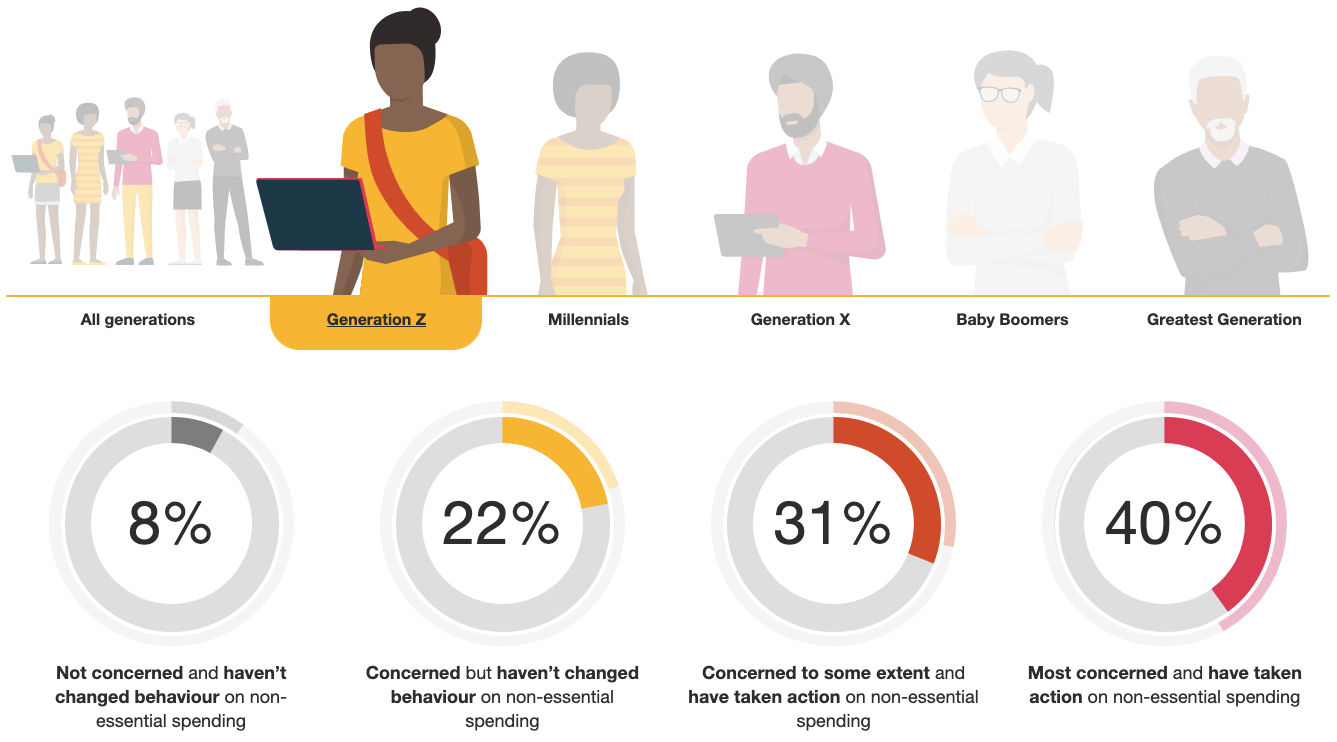
Just eight percent of Gen Z respondents told PwC they haven’t changed their behaviors on non-essential spending, compared to 14 percent of Baby Boomers and 25 percent of the Greatest Generation.
So if you’re targeting younger consumers, you’re going to have to work harder to encourage discretionary purchases.
In my first demographic segmentation example, we can see how yoga brand Sweaty Betty appeals to customers who are actively looking to save money:
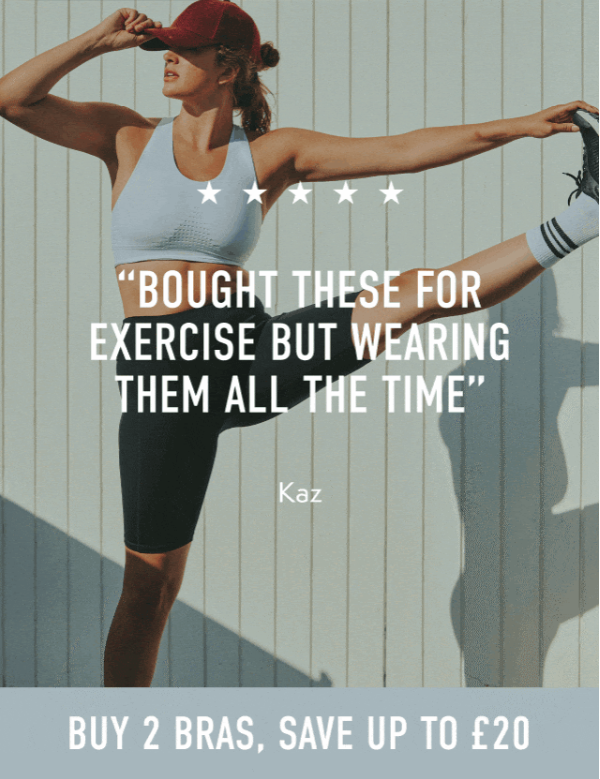
First off, it uses social proof—in the form of a glowing customer testimonial—to demonstrate the quality of its yoga bras.
Importantly, the review in question speaks to the versatility of its products, thereby making them feel less like a luxury purchase and more like an essential wardrobe addition.
Sweaty Betty makes this messaging even more compelling by promoting a multi-buy offer. This is a win-win: customers get to save money and Sweaty Betty enjoys a higher average order value.
2. Gender
Fortunately, we’ve come a long way from the days when gender-based segmentation meant telling women to buy cleaning products and men to treat themselves to a new suit.
Gender is a broad spectrum, so I’d urge you to steer clear of thinking in terms of products for men and products for women.
Still, your audience data should help you identify products, messaging, and offers that are most likely to resonate with different genders.
Fashion brand Italic sells to men and women. It frequently uses gendered segmentation to promote relevant products to customers of different genders.
For instance, in this example, Italic shared a bunch of products targeted at women:
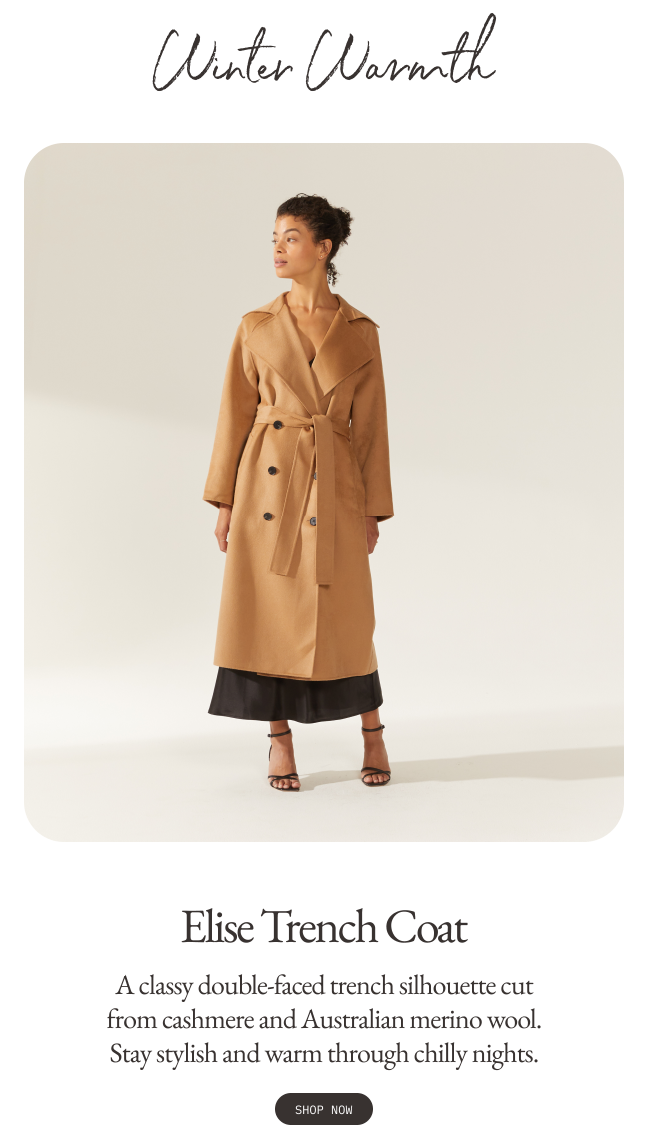
That’s not to say other genders wouldn’t be interested in the Elise trench coat—it’s a nice coat.
But Italic’s data presumably showed that this product was most likely to resonate with women, so that’s the direction it took with the campaign imagery.
3. Occupation
For some brands, segmenting your audience along occupational grounds is extremely obvious.
If you sell hard hats and steel toe-capped boots, you’re likely going to promote them to construction workers.
But what if you sell beauty products or leisurewear or furniture? How does your audience’s occupation have any impact on the types of products or messaging they might be interested in?
The honest answer is: it might not.
As with any type of demographic segmentation, the only way you’ll know for sure is to test, test, and test some more.
But some brands are definitely seeing success with occupation-based segmentation.
One example is high-end furniture retailer Design Within Reach, which often uses messaging that targets people who work remotely:
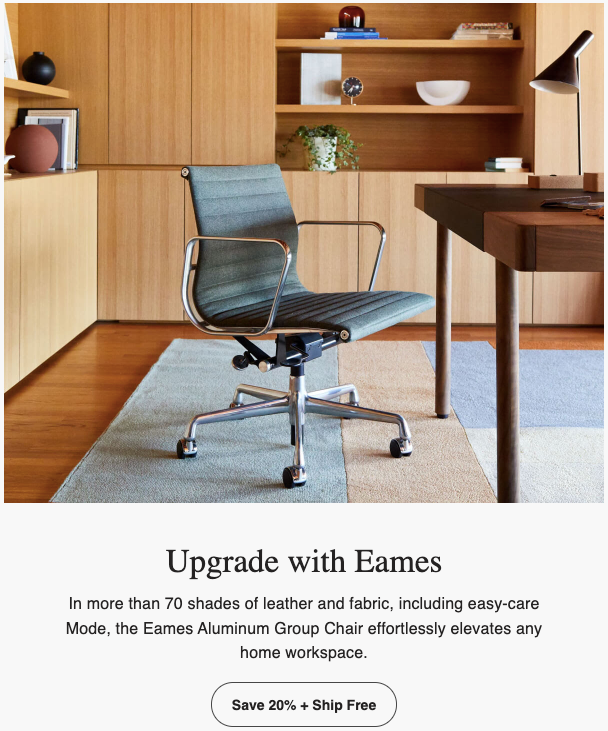
Admittedly, three years on from the dawn of the pandemic, remote working isn’t as closely tied to occupation as it once was; plenty of people in traditionally blue-collar jobs now have the opportunity to work from home.
But it’s still more prevalent in some industries than others, with research from McKinsey & Company revealing that the top professions for remote-work availability are largely white-collar roles:

So it makes most sense to target audiences in those types of occupations with remote-work-related messaging.
4. Income
Consumers are often more complex than we marketers like to imagine.
Take income level: it’d be easy to assume that high earners are more likely to buy luxury products. They’ve got money to burn, right?
But that’s not necessarily true, with research from University College London revealing that personality is also a key part of the equation. Indeed, extroverted people with lower incomes spend proportionally more on so-called “status” products than introverts with similar earning power.
Still, there are obvious reasons why lower-earning consumers would be more price-sensitive than their higher-earning peers.
You might want to target them with price-conscious messaging that emphasizes attractive discounts, just like in this email marketing example from MyPillow:
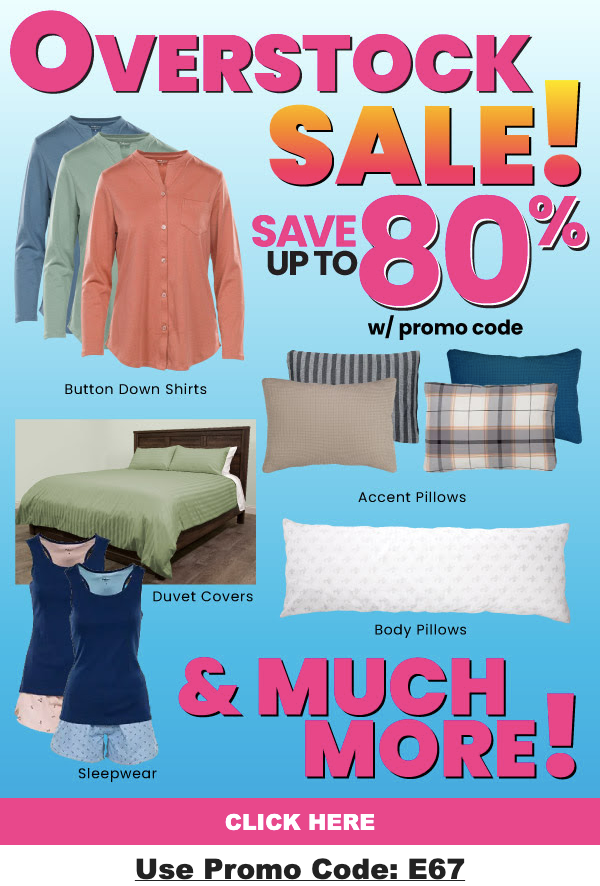
On the flip side, higher earners are more likely to be won over by exclusivity than low prices.
So it makes sense to bring a little urgency into the mix by highlighting the scarcity of your products, just like The Sill did with this persuasive email subject line:
![]()
5. Education
Like it or not, education level is inextricably linked with earning power.
In fact, figures from the US Social Security Administration show that:
- Men with bachelor's degrees earn approximately $900,000 more in median lifetime earnings than high school graduates, dropping to $630,000 more for women with bachelor's degrees.
- Men with graduate degrees earn $1.5 million more in median lifetime earnings than high school graduates, while women with graduate degrees earn $1.1 million more.
So it’s easy to see why brands might want to run campaigns targeted specifically at people who’ve graduated college.
But targeting former graduates is near-impossible. What are you meant to say? “Bet you had fun at school, 18 years ago?”
For that reason, lots of brands try to get educational high-achievers on-site early by offering discounts for current and/or recent graduates, just like cosmetics brand Origins did in this demographic segmentation example:
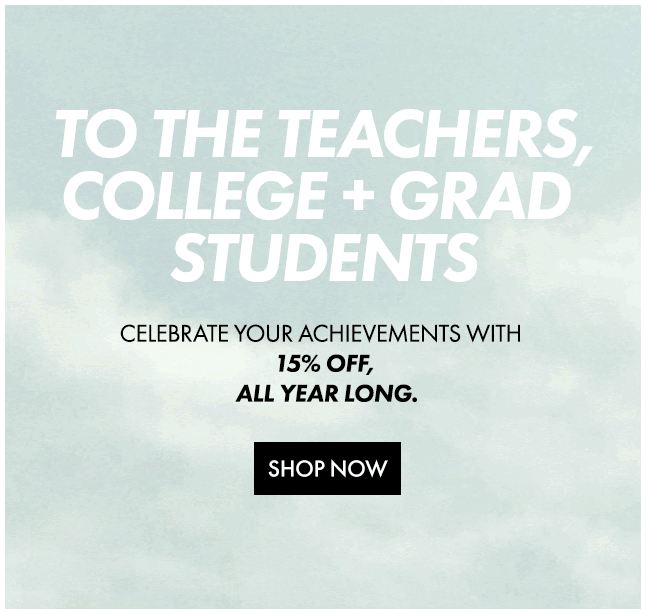
The idea is simple but effective: offering graduates a discount today could turn into a lifetime of high-value repeat purchases.
6. Family Status
Without wishing to state the obvious, if you’re an online retailer that sells some baby-specific products (like furniture or clothes), you’ll likely want to target them at new parents.
But that’s not the only way to leverage family status in your demographic segmentation strategy.
For instance, data from Euromonitor reveals that childless couples will, on average, spend more than any other household type through 2030:
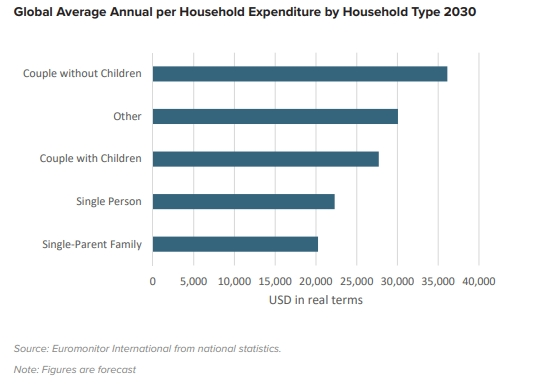
It’s easy to imagine why. As Euromonitor puts it:
“No children and more time means couple-without-children households are able to lead expenditure-intensive lifestyles [with] more vacations, nights out, and spending on clothes, cars, and culture.”
How can you use this knowledge to your advantage?
As ever, different brands will come up with different answers. But Euromonitor recommends targeting niche products at this high-spending demographic.
That could mean prioritizing them in product launch campaigns, such as this example from eyewear brand Warby Parker:
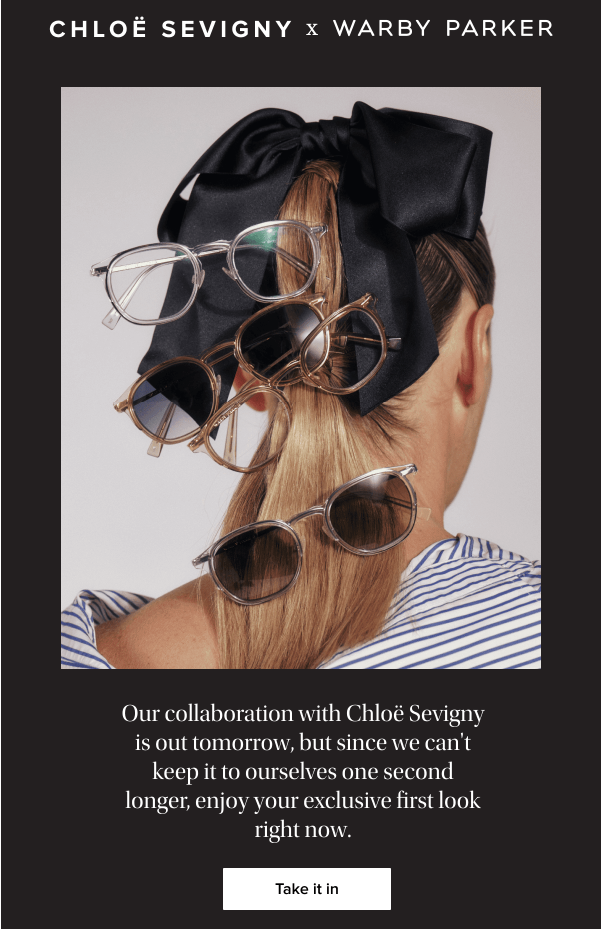
Offering select customers early access gives your new product an air of exclusivity, which can help to boost engagement.
And if the people who engage like what they see, it will (hopefully) also translate to a bunch more sales.
7. Location
Location-based demographic segmentation helps with some of the most fundamental elements of your marketing activity, such as:
- The time your campaigns go live. If you’re targeting customers on the West Coast with a campaign that launches at 08:00 EST, don’t expect to see much immediate engagement.
- The language of your marketing copy. You probably don’t want to serve Spanish-speaking customers with English-language copy.
- The seasonality of your messaging. Just because the weather’s hot in New York, that doesn’t mean it’s the same in Melbourne.
Some of these issues are especially important if you serve an international audience.
For instance, consider the timing of Mother’s Day.
In most countries, it takes place annually on the second Sunday of May.
But a few pesky outliers—including the UK—celebrate the occasion on the fourth Sunday in Lent.
For that reason, The White Company segmented its audience by location to ensure its 2022 Mother’s Day emails ended up in the right inboxes:
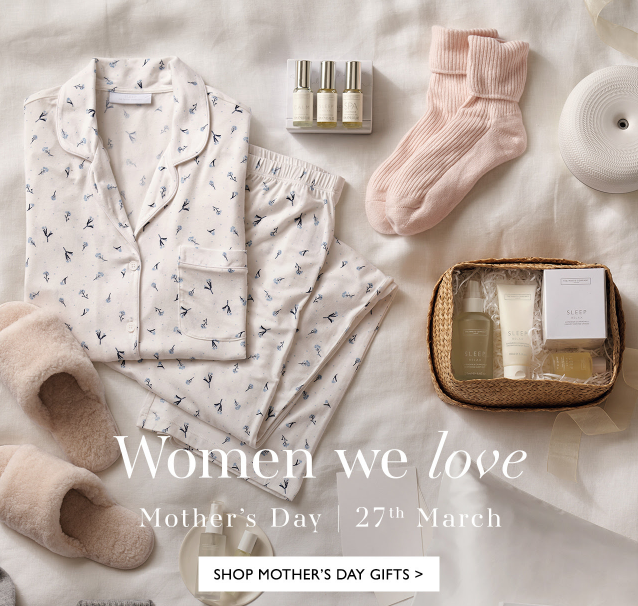

Transform Your Marketing With Drip’s Dynamic Segmentation
Demographic segmentation can be a powerful ecommerce marketing tool.
Want to know what’s even more powerful?
Dynamic segmentation.
With Drip’s segmentation functionality, you can easily create dynamic audience segments that update in real time.
So if a customer just browsed fishing rods, recently purchased a smoking jacket, or abandoned their shopping cart before buying a new cashmere scarf, you’ll know about it—and you can target them instantly.
That means more relevant messaging, higher engagement, and improved conversion rates.
But don’t take my word for it; see for yourself by signing up for your 14-day free trial today.
.png?width=600&height=315&name=demographic_segmentation-BLOG%20(1).png)

